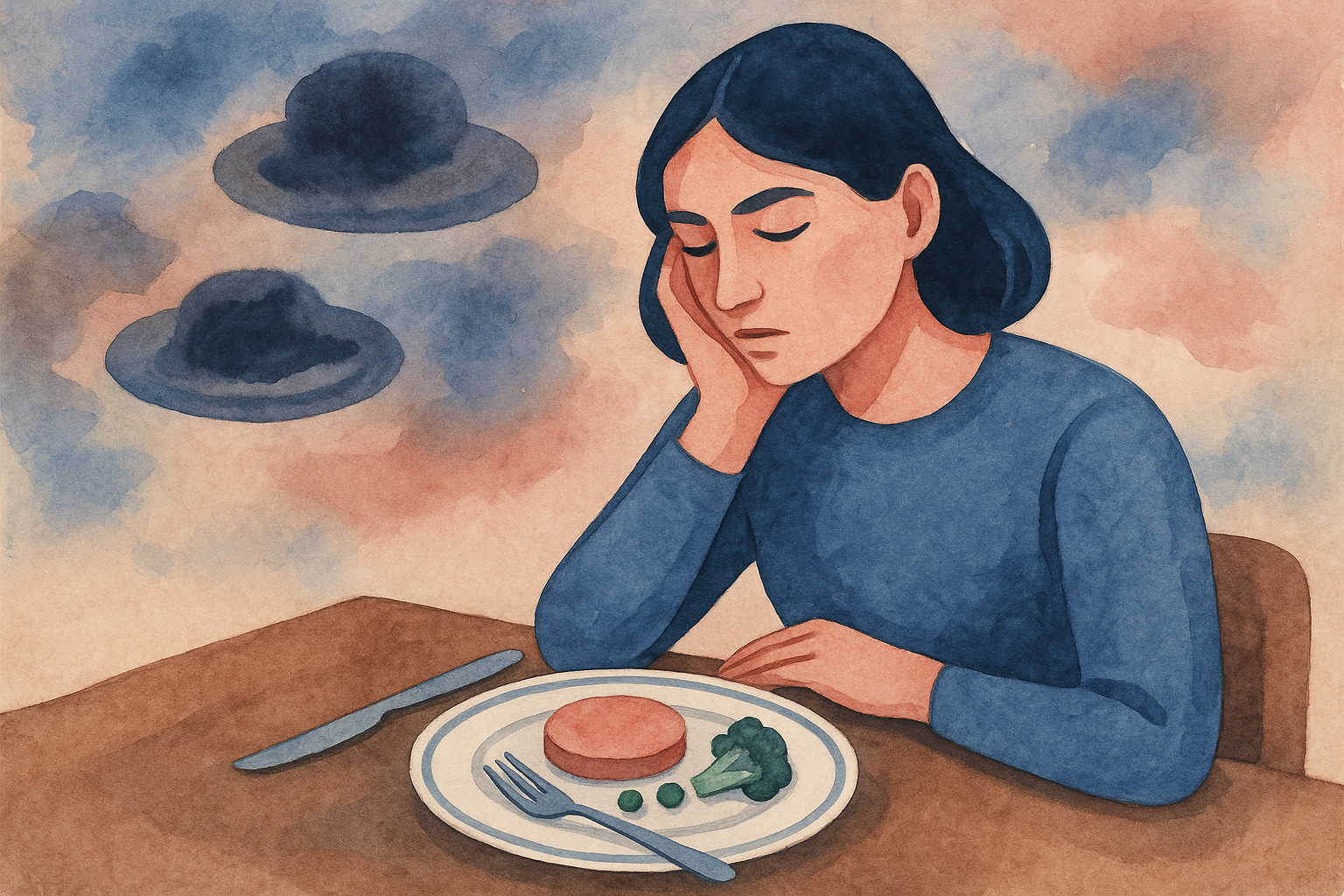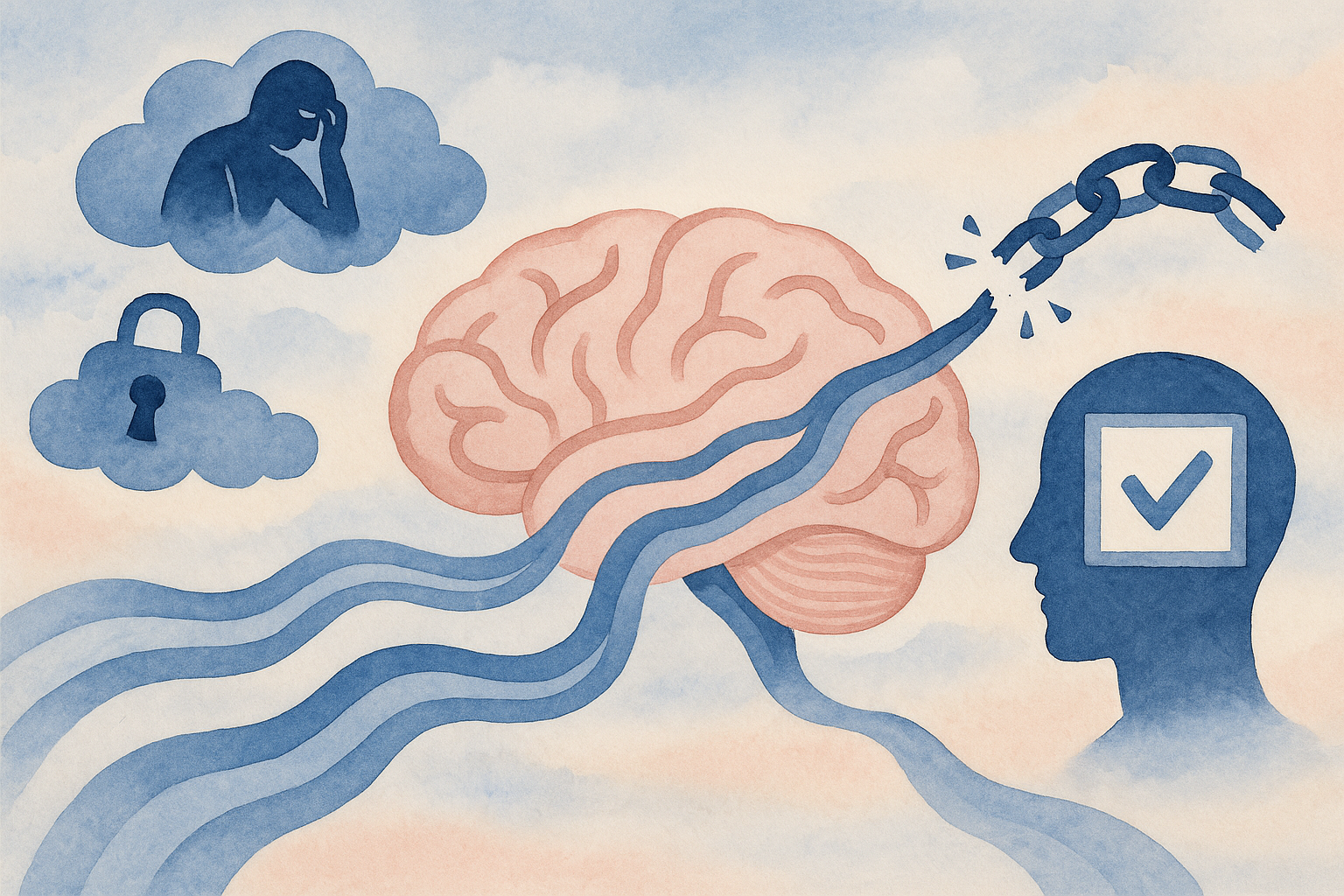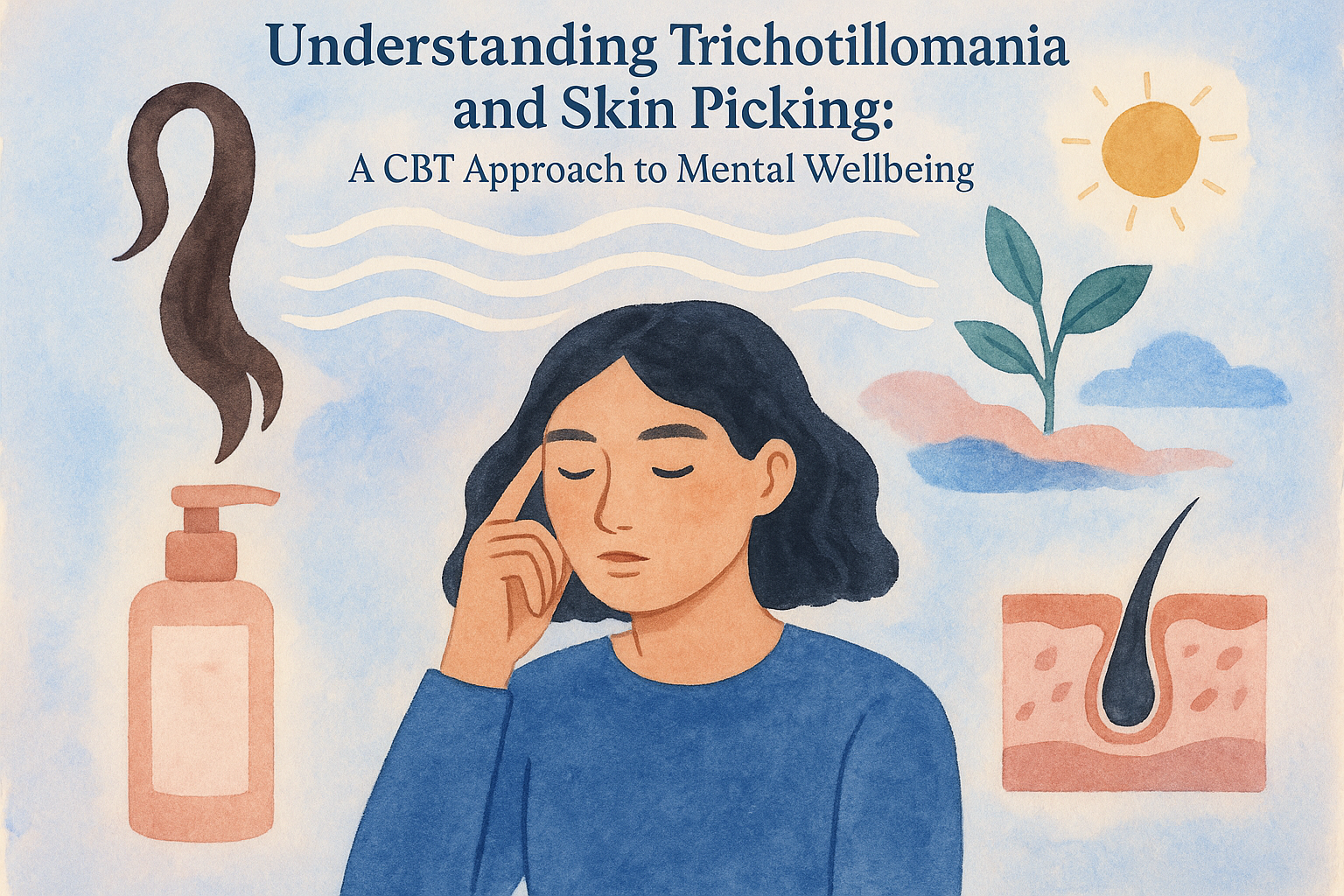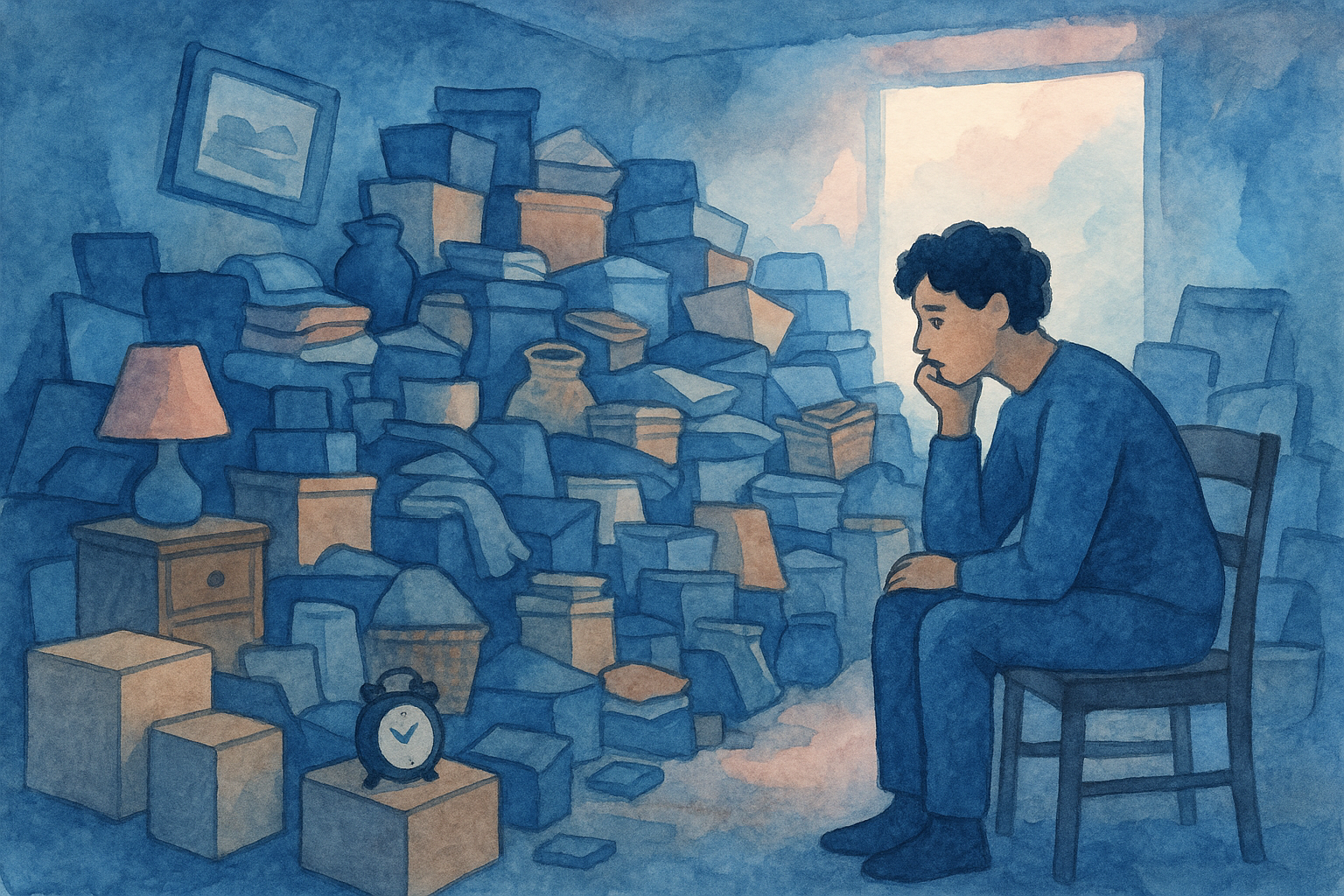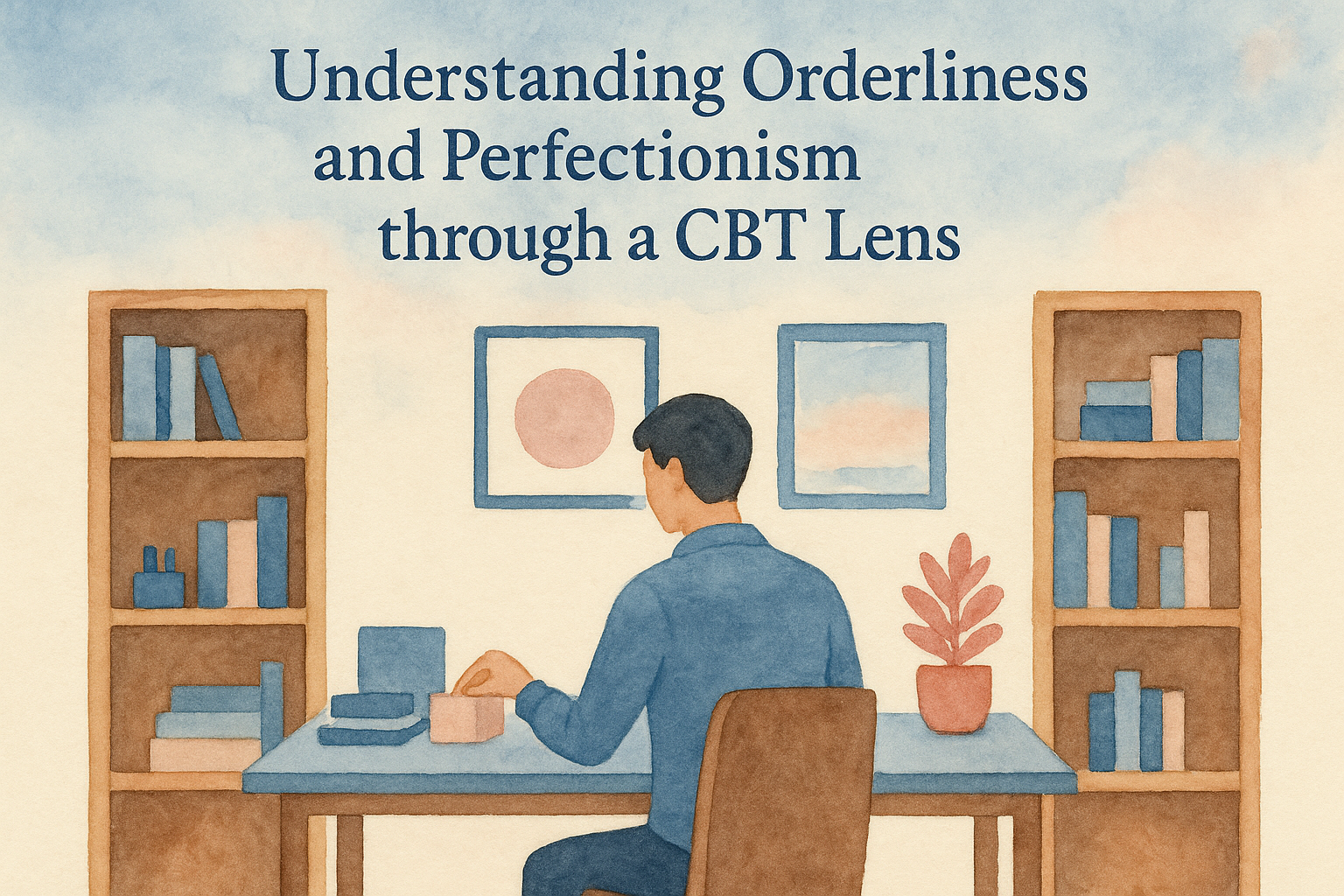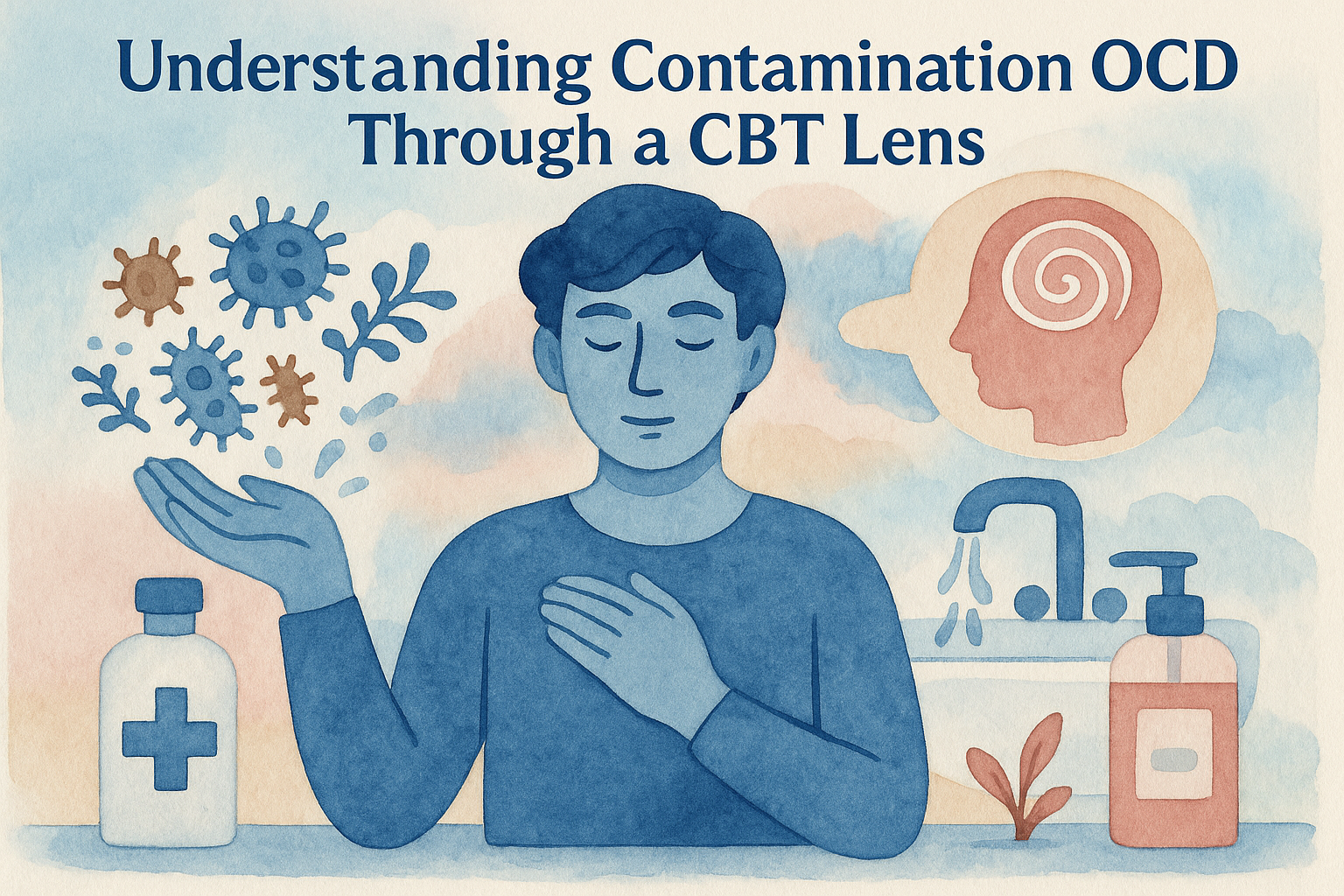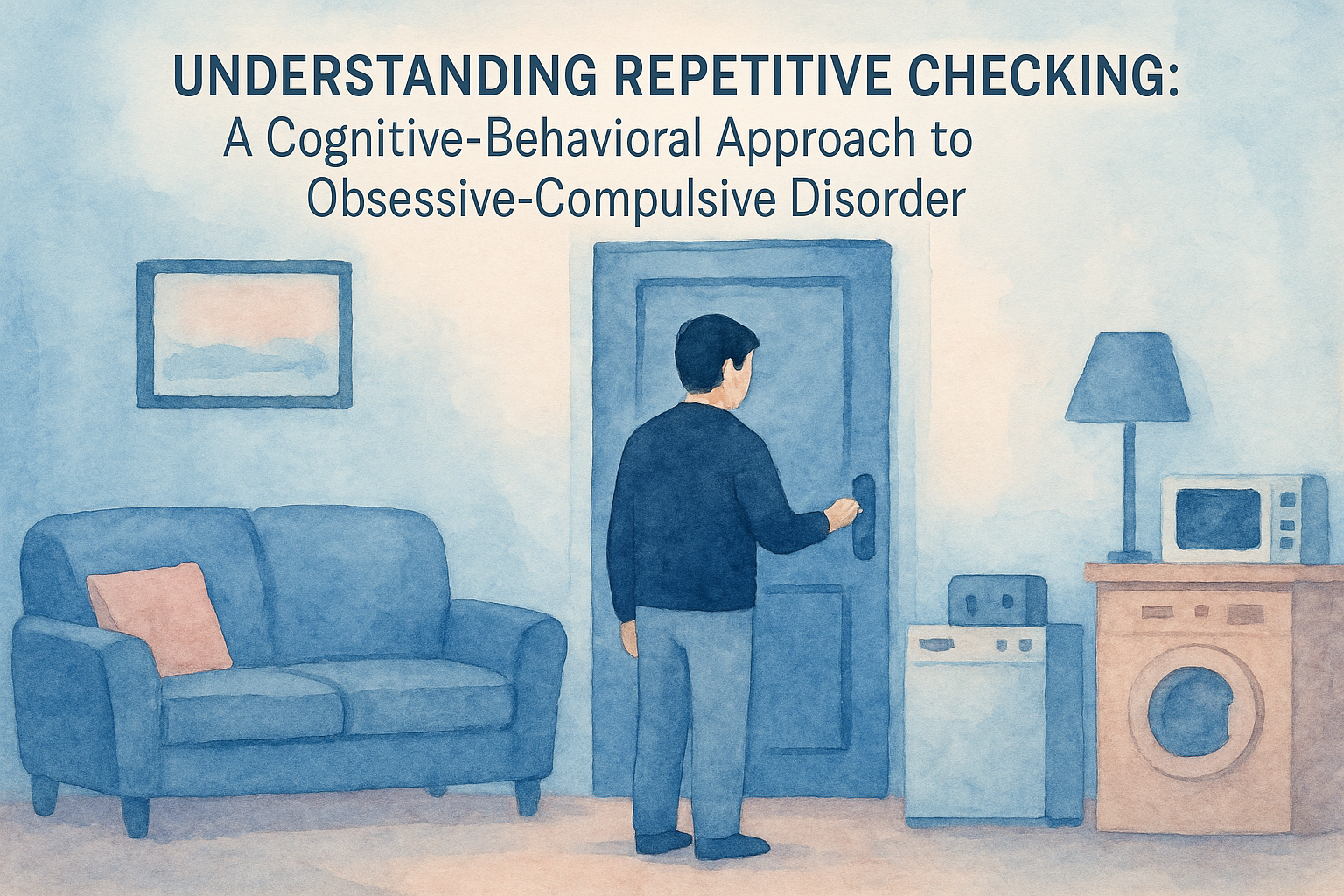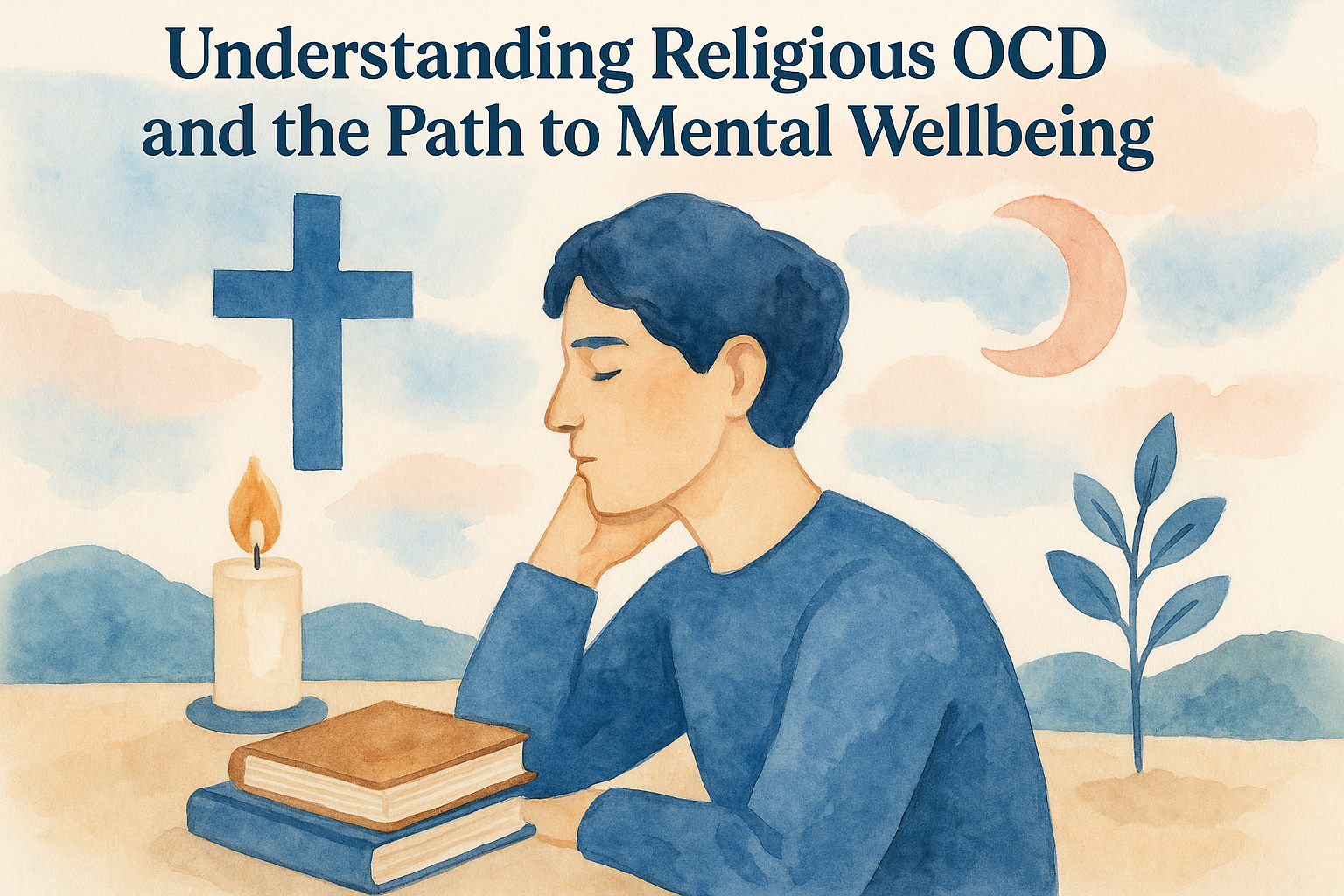Eating disorders combined with OCD characteristics present complex challenges to mental health. This article explores how cognitive-behavioral therapy (CBT) can help patients understand and reshape maladaptive beliefs surrounding food, perfectionism, and contamination fears, ultimately improving mental resilience and wellbeing.
Exploring Eating Disorders and OCD
Eating disorders and obsessive-compulsive disorder (OCD) often exist together, creating a complex interplay that can significantly impact individuals’ mental health. At their cores, both conditions are marked by pervasive obsessions and compulsions; however, their manifestations can intersect in ways that complicate diagnosis and treatment. A closer examination of this relationship reveals how specific eating disorders, including anorexia nervosa and bulimia nervosa, may encompass OCD traits such as fears of food contamination, ritualistic eating behaviors, and meal perfectionism.
Individuals grappling with anorexia may exhibit obsessive thoughts about body image and weight, but this is often accompanied by compulsions related to food. For example, a person might avoid foods they believe are “contaminated” or deemed “unhealthy,” leading to restrictive eating patterns. This fear of contamination and obsession with purity can echo typical OCD symptoms, where individuals feel compelled to avoid certain situations or objects due to irrational fears.
Consider a real-life case of a young woman named Sarah, who struggled with anorexia. Sarah developed intense fears about food safety, frequently checking expiration dates and adhering to strict cleanliness rituals when preparing meals. She would wash her hands and kitchen utensils excessively, believing that failure to do so would render her food unsafe. These compulsions took considerable time and energy, often resulting in her missing meals altogether. The ritualistic nature of her eating not only heightened her anxiety but also further isolated her from social settings, reinforcing both her eating disorder and obsessive-compulsive behaviors.
Bulimia, characterized by cycles of binging and purging, can also demonstrate the overlap with OCD. Many individuals with bulimia display behaviors driven by the need for meal perfectionism. They may obsess over the types of foods consumed and the methods of consumption, leading to distress if meals do not meet their self-imposed criteria. This reflects a compulsive need for control over both food intake and body image, where deviations from their rigid routines can evoke feelings of shame and anxiety.
Another example is Michael, a young man who faced bulimia. Michael would meticulously plan his meals, fearing that any “imperfect” food—one that didn’t meet his strict standards for healthiness—would lead to uncontrollable binging. This fixation created a feverish cycle of restrictive eating during the day, followed by binge episodes at night when he felt overwhelmed. The connection between his eating disorder and OCD-like traits further complicated his recovery journey, as traditional treatments often failed to address his underlying compulsions and obsessions.
The intersection of dietary obsessions with OCD can also manifest as an intense fixation on nutritional content. Individuals might obsessively track calorie intake or feel compelled to follow specific dietary regimens that are often dictated by inaccurate beliefs about nutrition. This rigidity reinforces their symptoms and complicates treatment approaches, as merely focusing on dietary habits often neglects the cognitive processes driving those behaviors.
This interplay suggests that a comprehensive understanding of the relationship between eating disorders and OCD is crucial for effective treatment. Clinicians must be vigilant in recognizing the signs of OCD in patients with eating disorders to tailor therapeutic interventions that address both sets of symptoms. By integrating treatment approaches that acknowledge these complex interactions, practitioners can foster a more holistic path to recovery, ultimately guiding patients toward improved mental wellbeing.
The Role of Cognitive Behavioral Therapy
Cognitive-behavioral therapy (CBT) serves as a cornerstone for addressing the complexities of both eating disorders and obsessive-compulsive disorder (OCD). It operates on the principle that our thoughts, emotions, and behaviors are intricately linked, and by modifying maladaptive thought patterns, individuals can experience significant changes in their feelings and actions regarding food and eating.
At the heart of CBT is the notion of identifying and challenging cognitive distortions. For individuals with eating disorders and OCD, these distortions often manifest as extreme all-or-nothing thinking, catastrophizing, and over-generalization. For instance, someone with food contamination fears may believe that consuming even a small amount of perceived “dirty” food could lead to dire consequences. In therapy, practitioners guide clients to dissect these fears and evaluate the evidence supporting these beliefs. By fostering a more balanced perspective, clients learn to confront their irrational thoughts and adopt healthier believing patterns.
Consider the case study of Emma, a young woman who battled both anorexia and obsessive-compulsive behaviors centered around meal perfectionism and contamination fears. Emma had rigid rules about what constituted an acceptable meal; anything less than “perfect” was deemed inedible. As a result, her meal preparation became an elaborate ritual, requiring extensive steps to ensure everything was “clean” and according to her standards. Sessions with her CBT therapist focused on recognizing the cognitive distortions that perpetuated her symptoms. Together, they explored the origins of Emma’s perfectionism and identified thoughts that supported her strict dietary rules. Through guided exposure tasks, she began confronting her intense fears about food contamination, gradually exposing herself to less-than-perfect meals while challenging the belief that she could not tolerate any deviation from her standards.
In conjunction with this exposure therapy, clients learn to develop alternate coping strategies to replace their ritualistic behaviors, fostering flexibility in their eating habits. A powerful technique employed is cognitive restructuring, where clients are encouraged to identify negative thinking patterns, challenge them, and replace them with more balanced, rational thoughts. For instance, Emma began to practice reframing her thoughts about “imperfect” meals by reminding herself that food is primarily about nourishment and connection, rather than purity and perfection.
Family involvement can be crucial in these scenarios, as family dynamics often play a role in reinforcing maladaptive behaviors. A family member’s anxiety or rigidity about food could inadvertently exacerbate the client’s symptoms. In therapy, CBT can be adapted to include family sessions where education and communication strategies are emphasized.
Another illustrative case is that of Jake, who struggled with binge-eating disorder compounded by obsessive thoughts around dietary restrictions. His patterns were analogous; he oscillated between enforcing strict dietary rules and indulging in binge episodes when overwhelmed. After pinpointing his ruminations on dietary purity, his treatment focused on developing a healthier relationship with food through self-compassion exercises and mindfulness techniques. By enhancing his awareness of triggers and engaging in cognitive reframing, Jake could break the cycle of fear and guilt surrounding food, enabling more intuitive eating habits.
Through these illustrative case studies, it becomes evident that CBT is distinctively equipped to address the intersecting challenges posed by eating disorders and OCD. By instilling a sense of flexibility in thought and behavior, individuals can combat their dietary obsessions and reframe their relationship with food, gradually allowing for a more normalized eating pattern. The therapeutic process moves beyond mere symptom alleviation; it encourages a fundamental transformation in thinking, fostering lasting resilience against the compulsions that once dictated their lives.
Building Resilience through Understanding
Building resilience through understanding one’s beliefs is paramount in navigating the intertwined pathways of eating disorders and obsessive-compulsive disorder (OCD). Individuals grappling with these challenges often develop intricate systems of thought that govern their relationships with food, resulting in fears such as food contamination, ritualistic eating patterns, and an overwhelming pressure to achieve meal perfection. These patterns can manifest as dietary obsessions, leading to distress and functional impairment. To build resilience, it becomes essential to map out and understand these underlying beliefs, as this is the foundation for fostering well-being.
Food contamination fears frequently drive individuals to engage in excessively cautious behaviors regarding food preparation and consumption. For instance, someone might believe that consuming food contaminated by germs could lead to dire health consequences. Cognitive-behavioral therapy (CBT) strategies can effectively address these fears by employing exposure exercises, gradually desensitizing individuals to their anxiety triggers. Clients are encouraged to challenge their catastrophic beliefs surrounding food safety and learn that it is normal to consume food without the excessive preoccupations that have previously dominated their thoughts.
Ritualistic eating behaviors, such as strictly adhering to a specific way of preparing food or consuming meals in a set sequence, can provide a temporary sense of control. However, when these rituals become compulsive, they can significantly hinder overall quality of life. CBT techniques, including cognitive restructuring, can assist individuals in recognizing the irrationality in their rituals, helping them to replace these behaviors with more flexible approaches to eating. This shift not only relieves the burdens of perfectionism but also paves the way for a healthier relationship with food.
Meal perfectionism, closely related to dietary obsessions, can manifest as an obsession with counting calories, avoiding certain food groups, or maintaining an unwavering adherence to personal food rules. These beliefs often stem from an underlying desire for control and security in an unpredictable world. CBT encourages the challenge of perfectionistic standards by promoting self-compassion and acceptance of imperfection. Individuals learn to embrace the notion that eating does not have to be flawless, which can significantly reduce anxiety surrounding meals and enhance well-being.
Success stories abound where individuals have navigated the rocky waters of eating disorders and OCD. One particularly compelling narrative follows a young woman named Sarah, who struggled with severe food contamination fears coupled with an intense need for meal perfection. Through CBT, Sarah gradually faced her fears, learning to sit with discomfort and challenge her beliefs about food safety. Over time, she found freedom in allowing spontaneity in her meals, fostering a newfound resilience that translated positively into other aspects of her life.
The significance of a supportive community cannot be overstated. Connecting with others who understand the complexities of these disorders creates a sense of belonging that can bolster recovery. Group therapy, support groups, and online communities can provide the validation and encouragement needed to process feelings of isolation and shame. Sharing personal experiences and coping strategies can help individuals recognize that they are not alone in their struggles.
For readers navigating these challenges, actionable advice includes mapping out specific beliefs surrounding food and eating habits. Journaling can be a beneficial tool for tracking thoughts and feelings associated with dietary obsessions. It’s also helpful to engage in exposure tasks to confront fears gradually, while practicing self-compassion during setbacks. Finally, seeking community support can enhance resilience and foster a more profound sense of connection, ultimately paving the way for a healthier relationship with food and oneself. Embracing imperfection and understanding one’s beliefs serves as a powerful pathway toward recovery and enduring well-being.
Conclusions
In addressing eating disorders intertwined with OCD, a cognitive-first approach can significantly enhance recovery. By fostering flexibility in thinking and dismantling rigid beliefs, individuals can reclaim a healthier relationship with food and themselves, paving the way to improved mental wellness.
